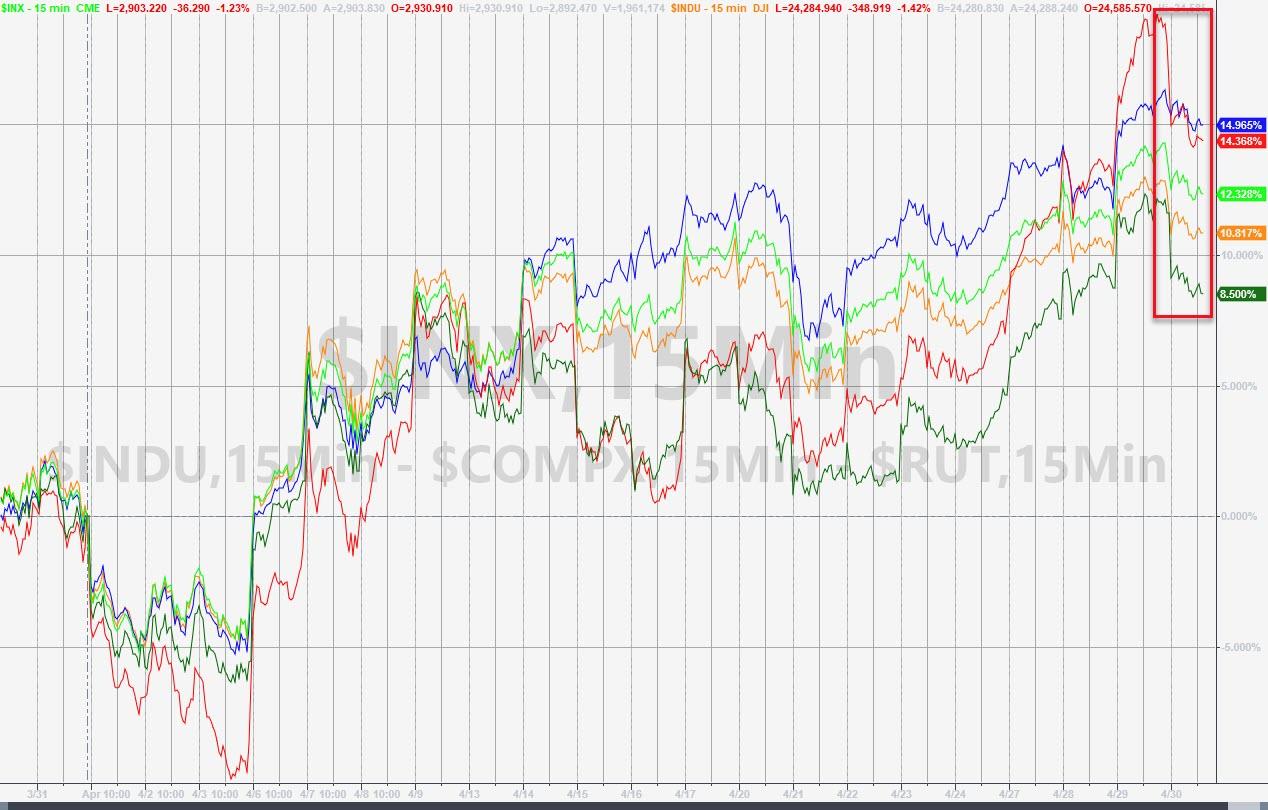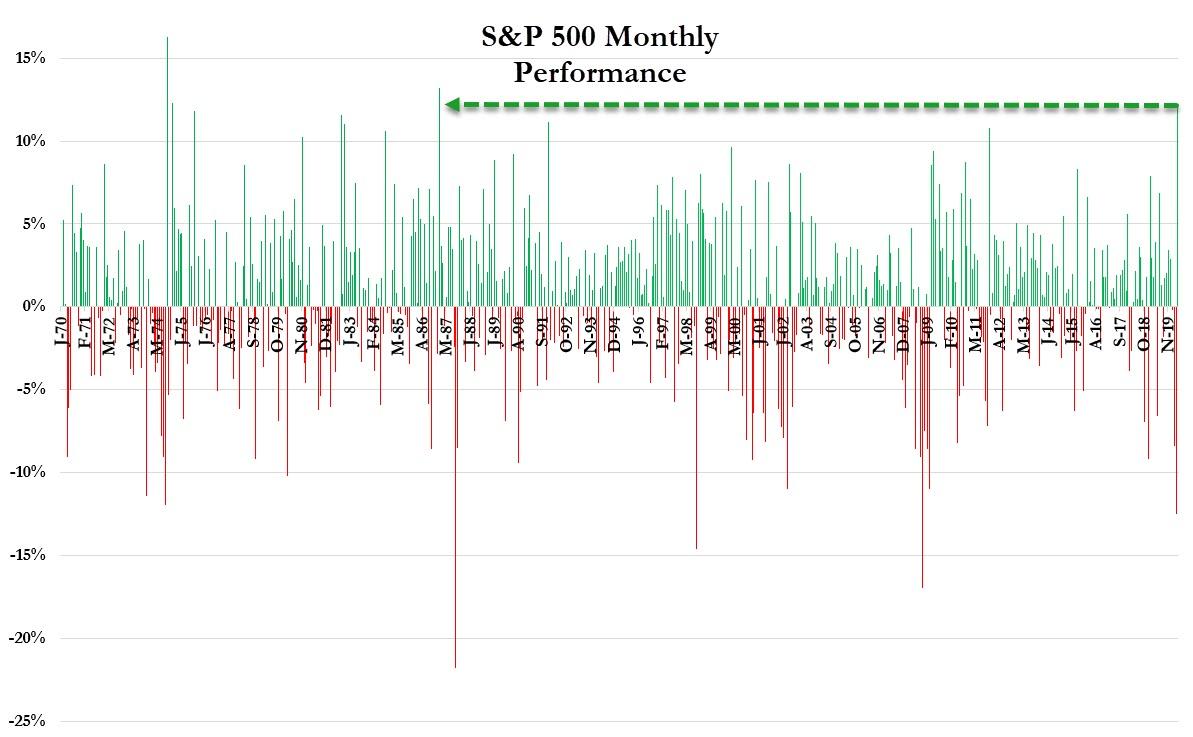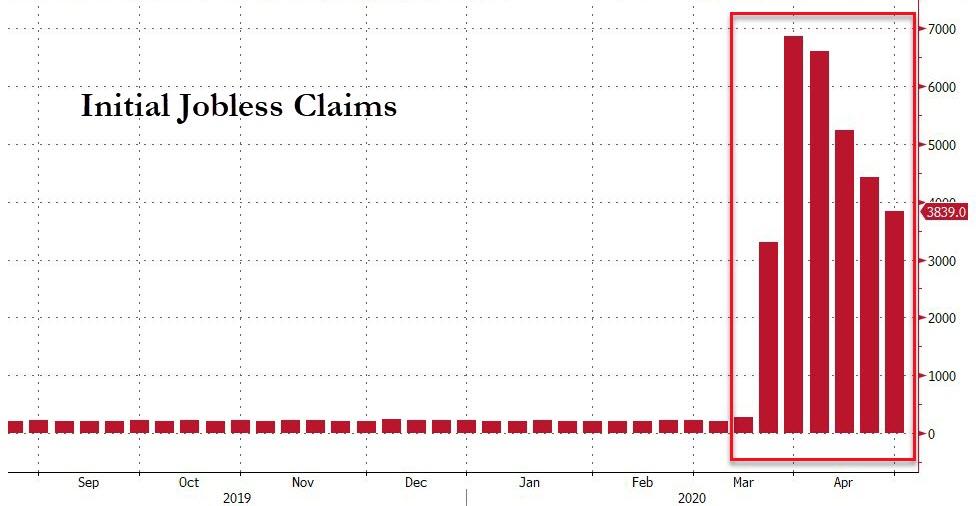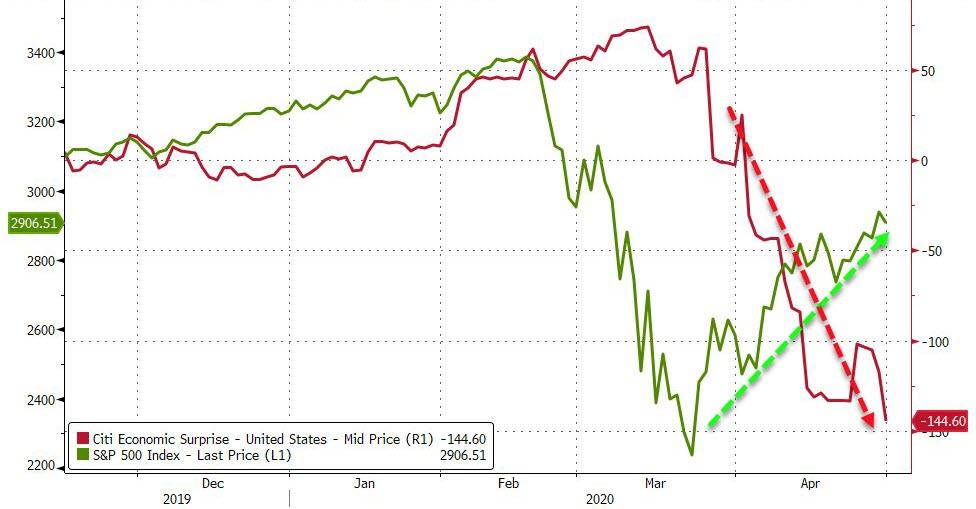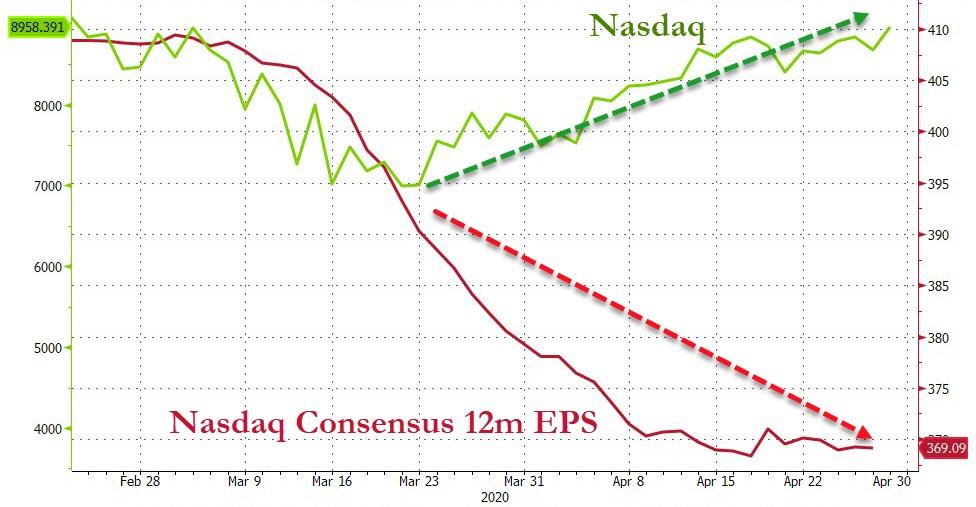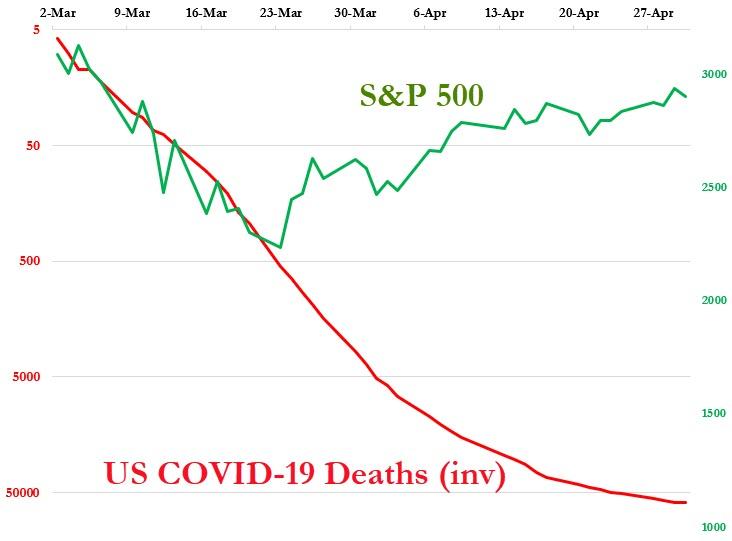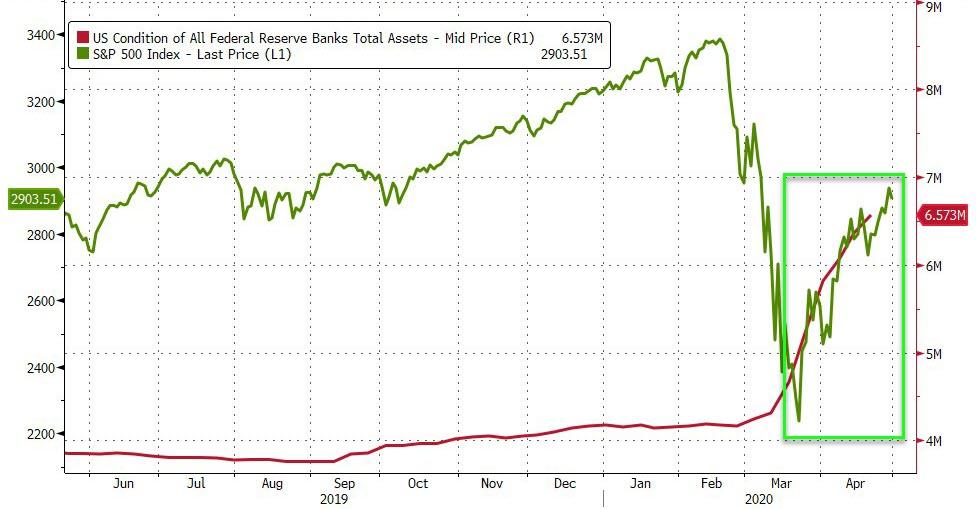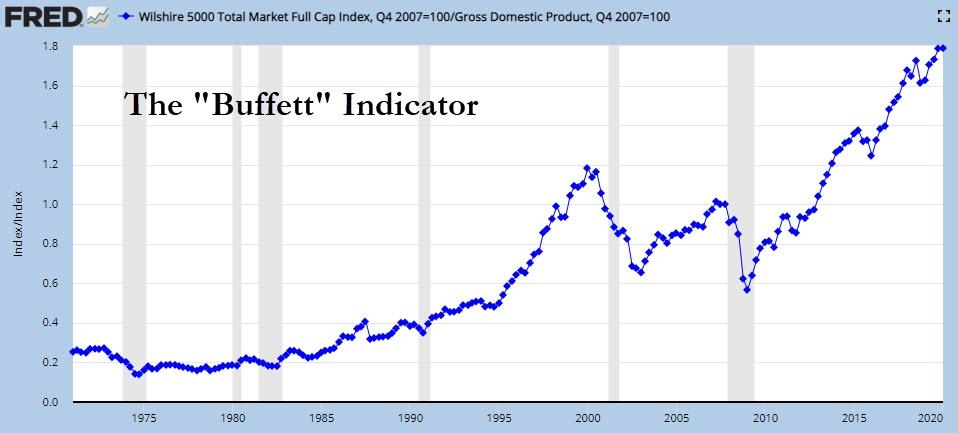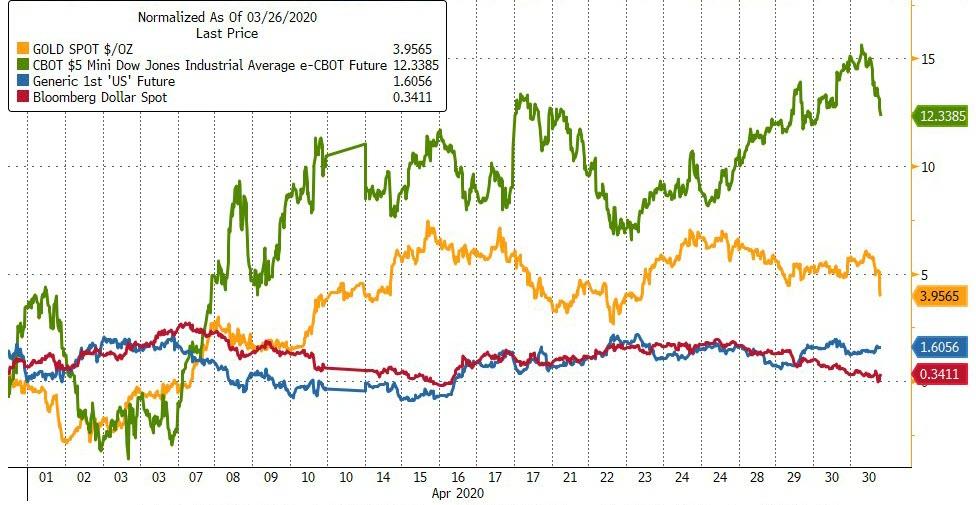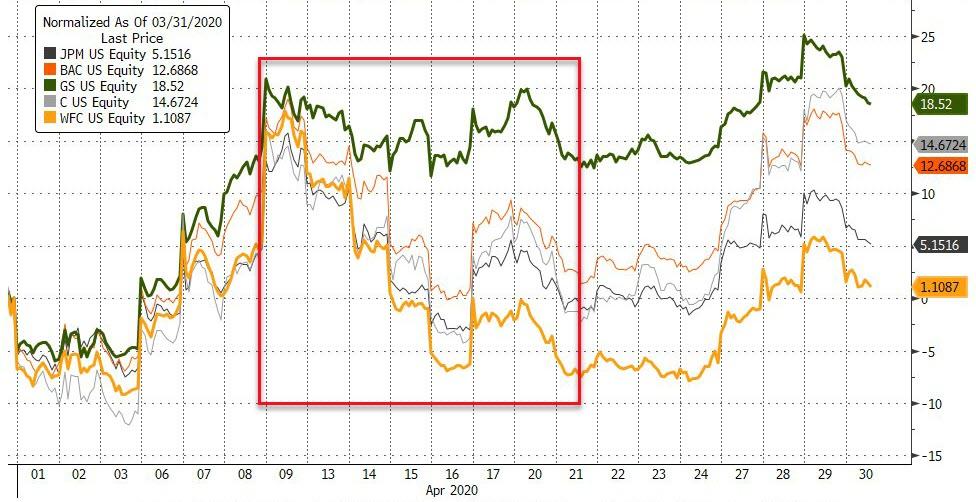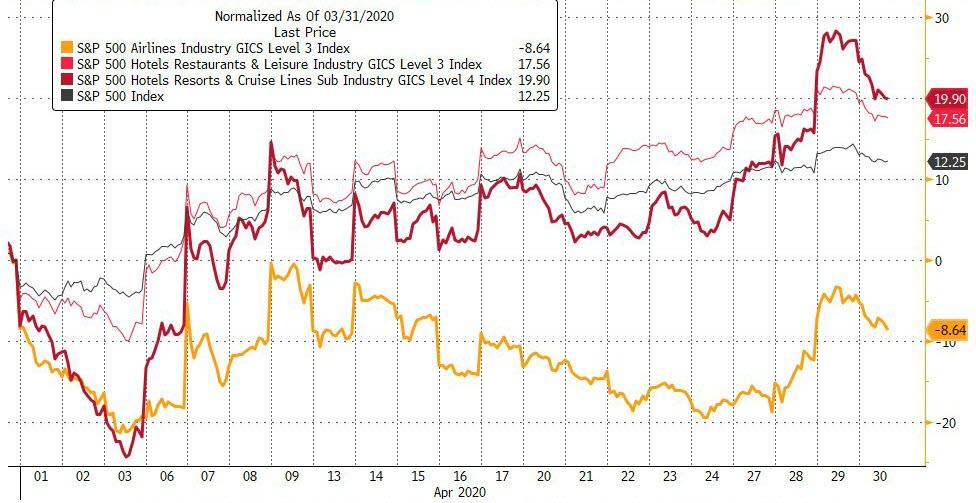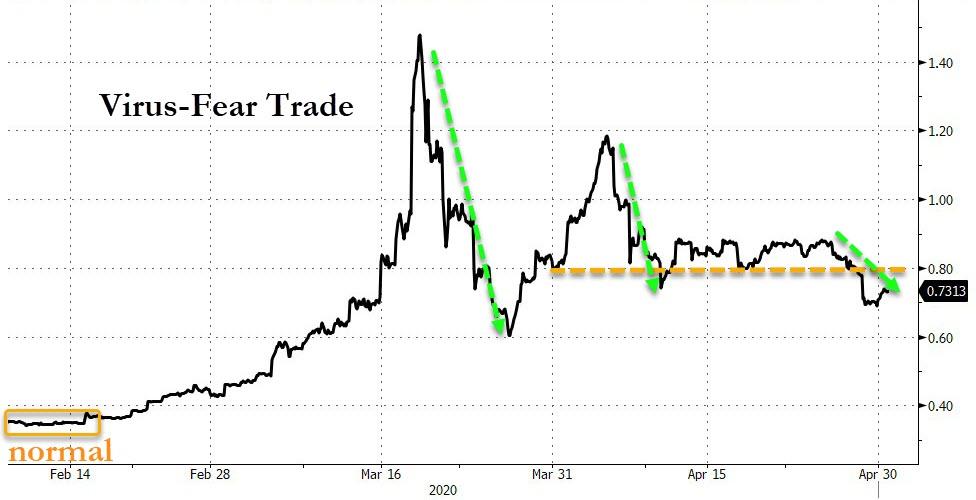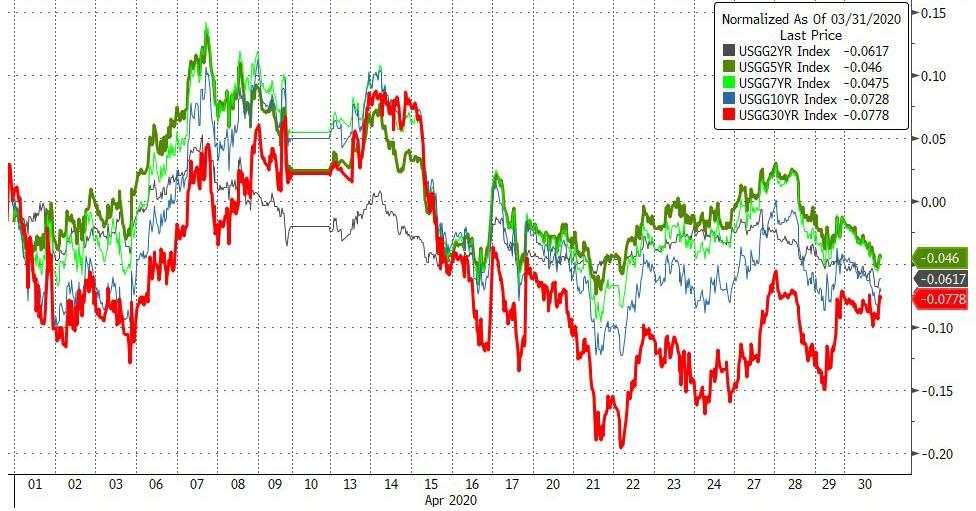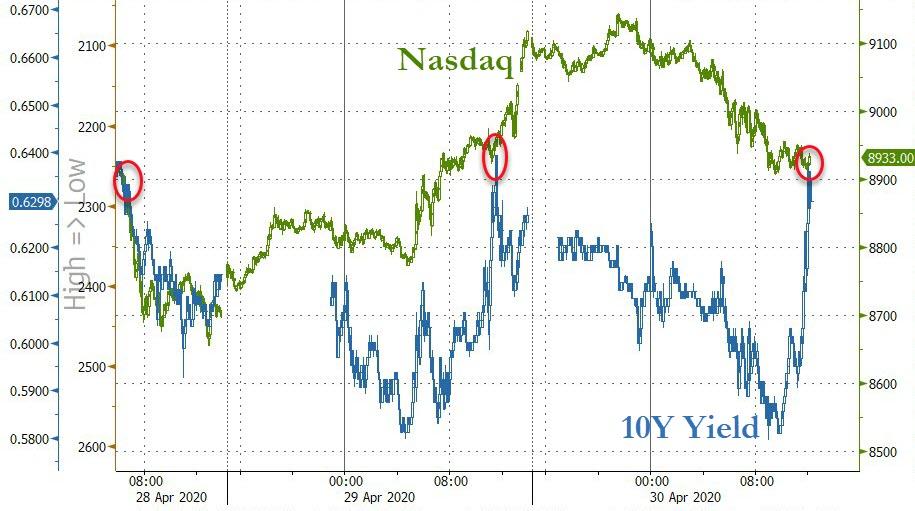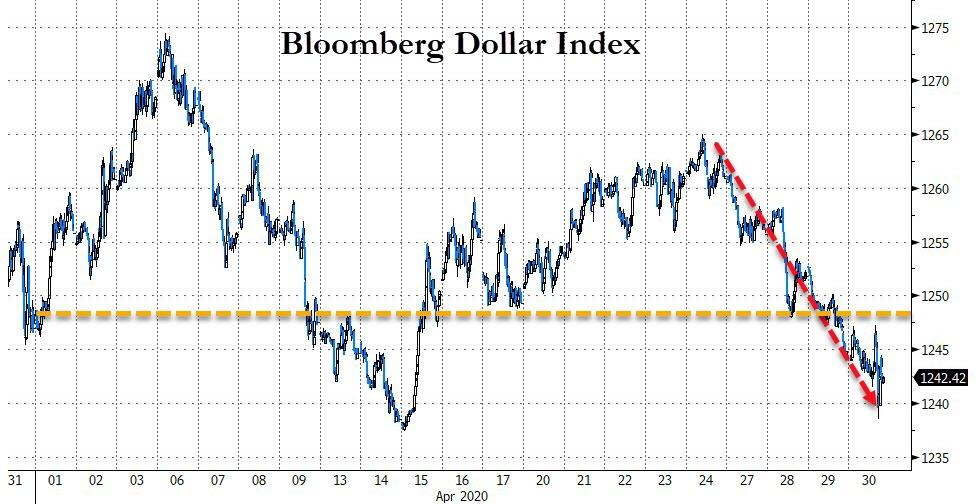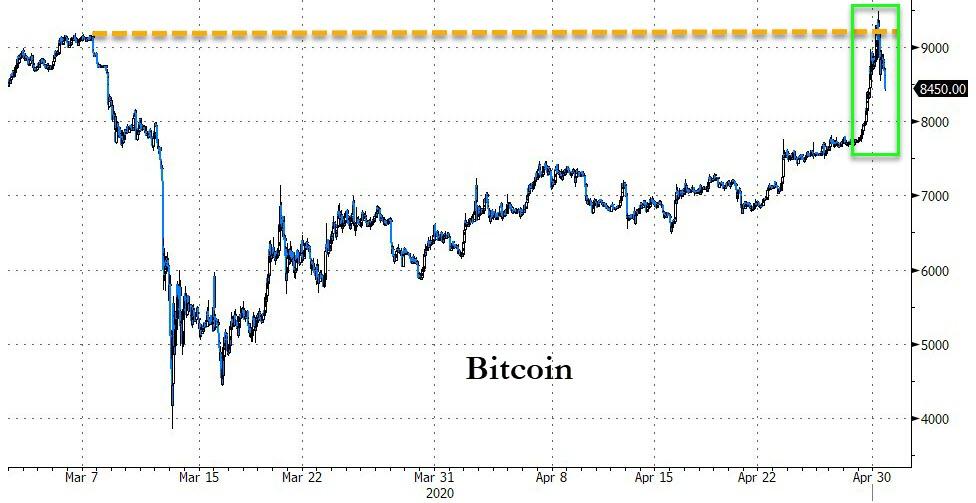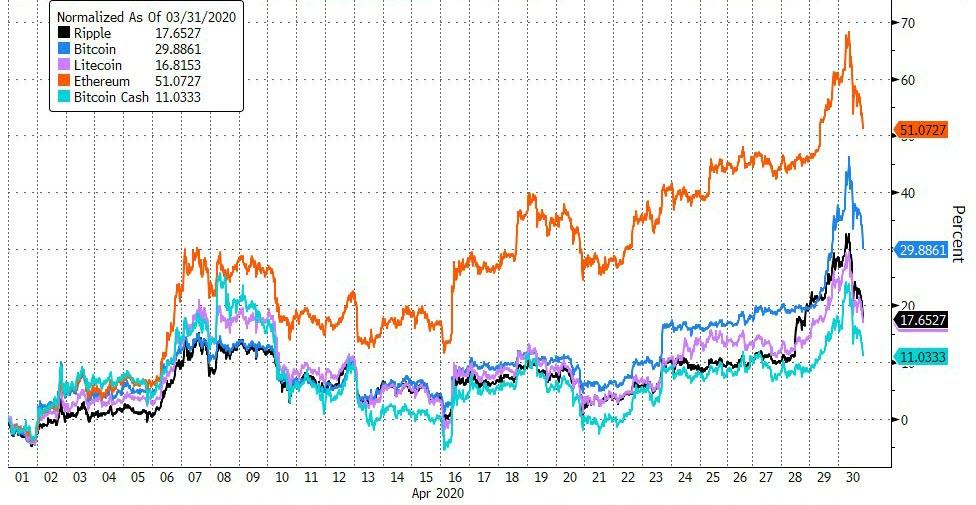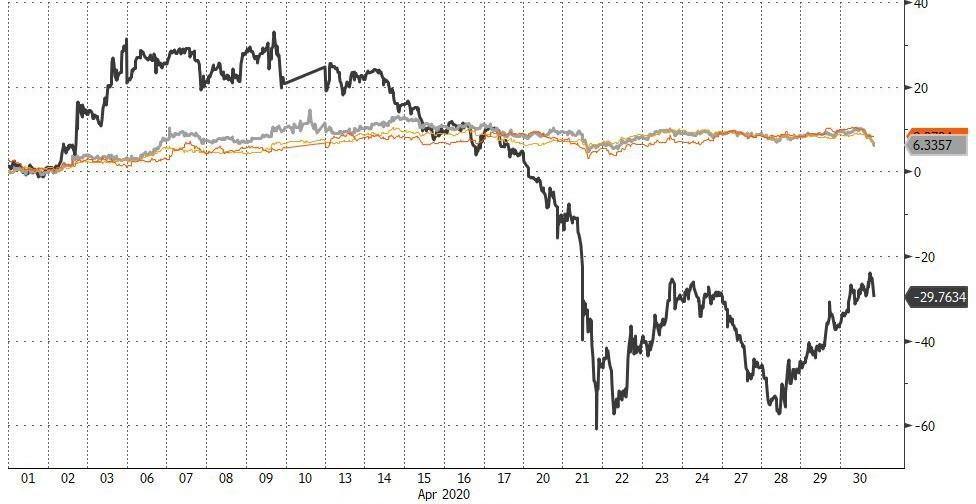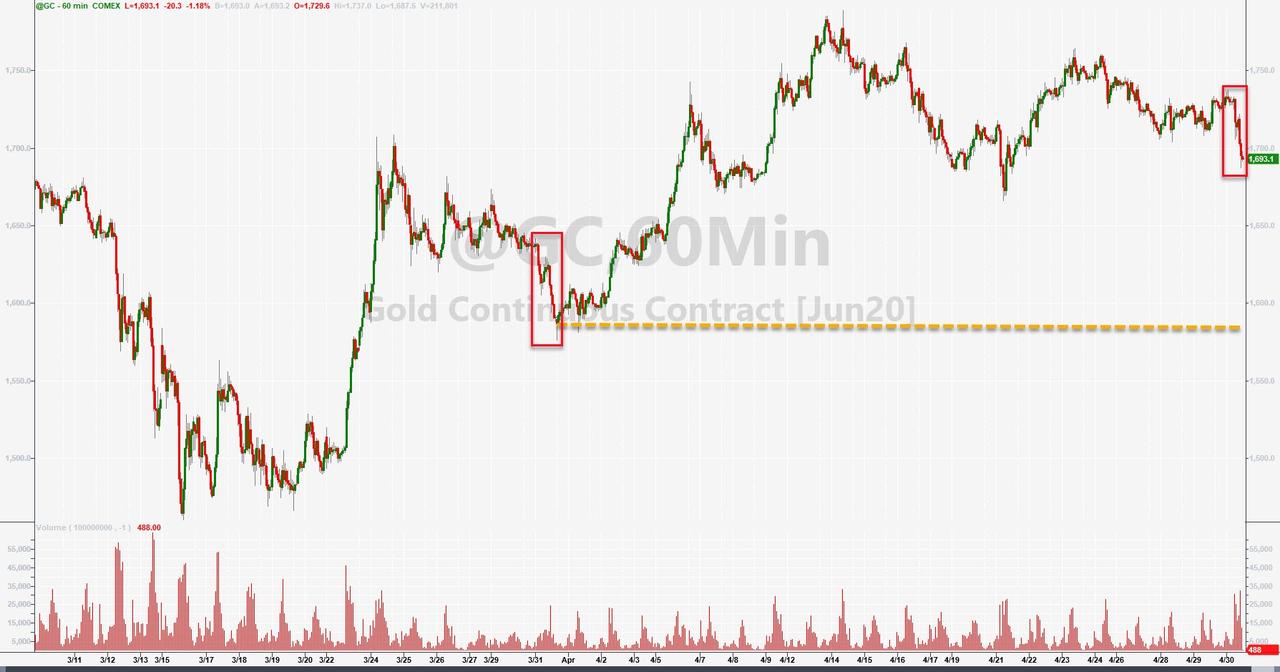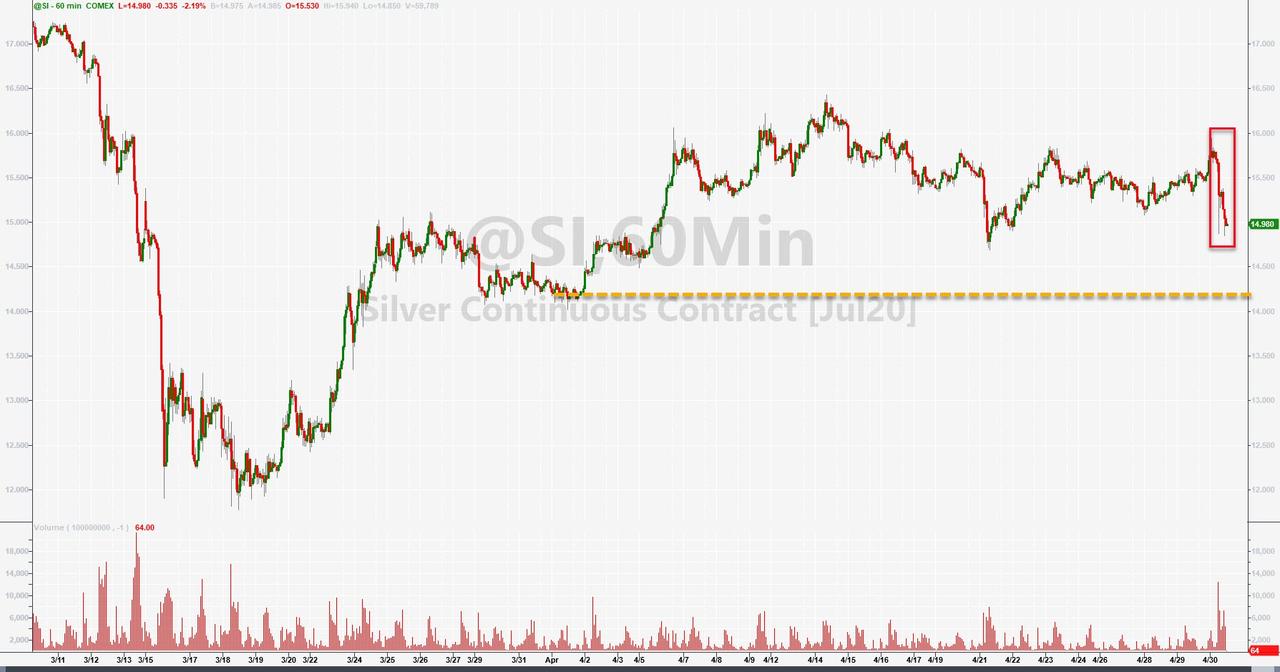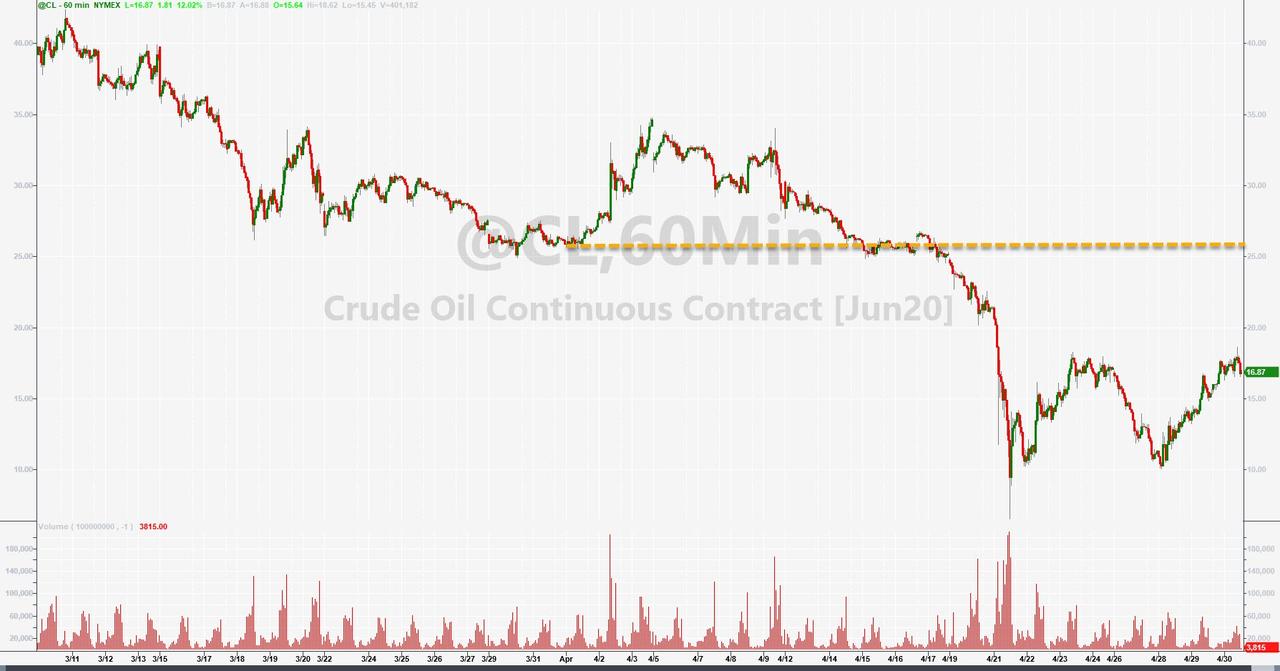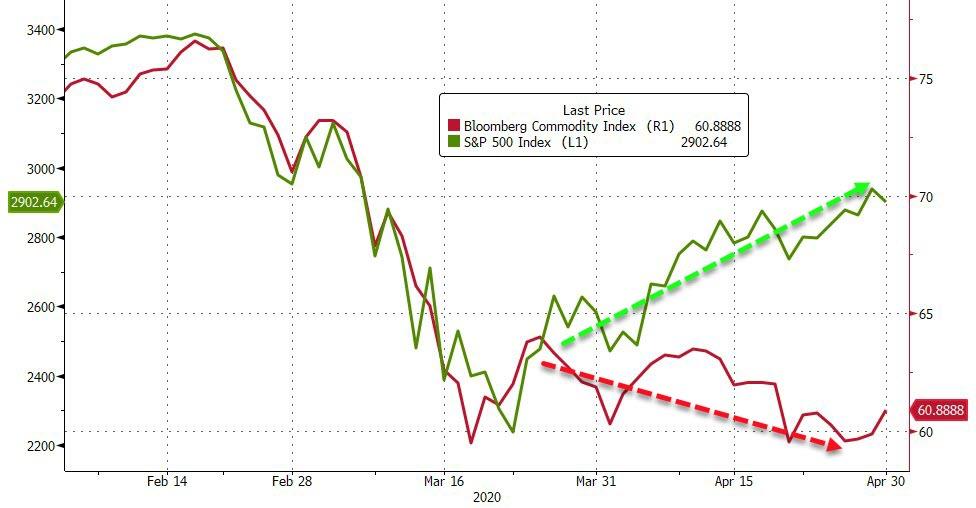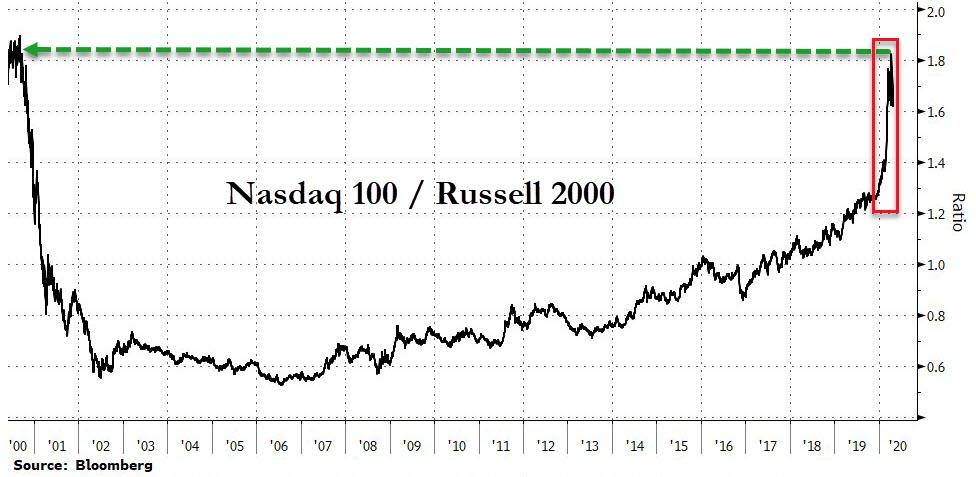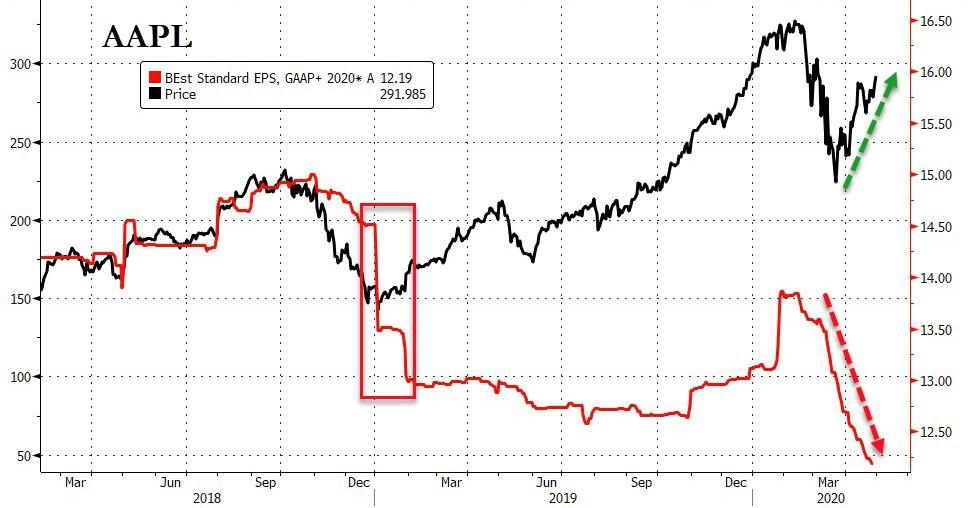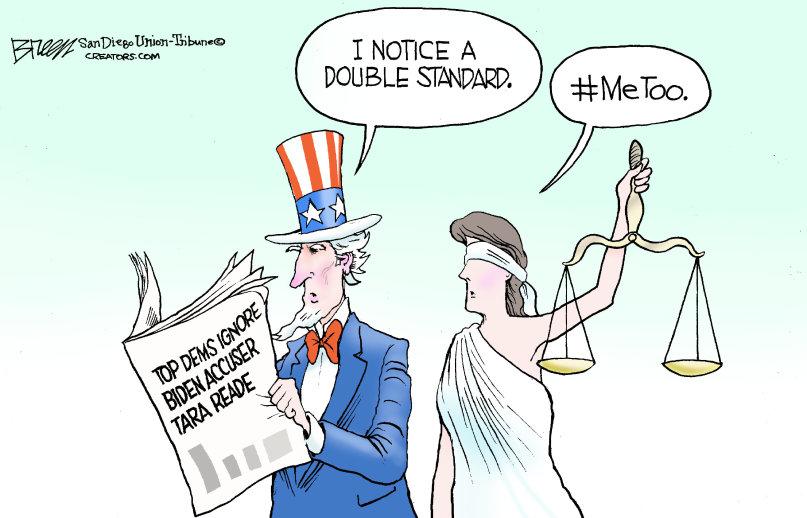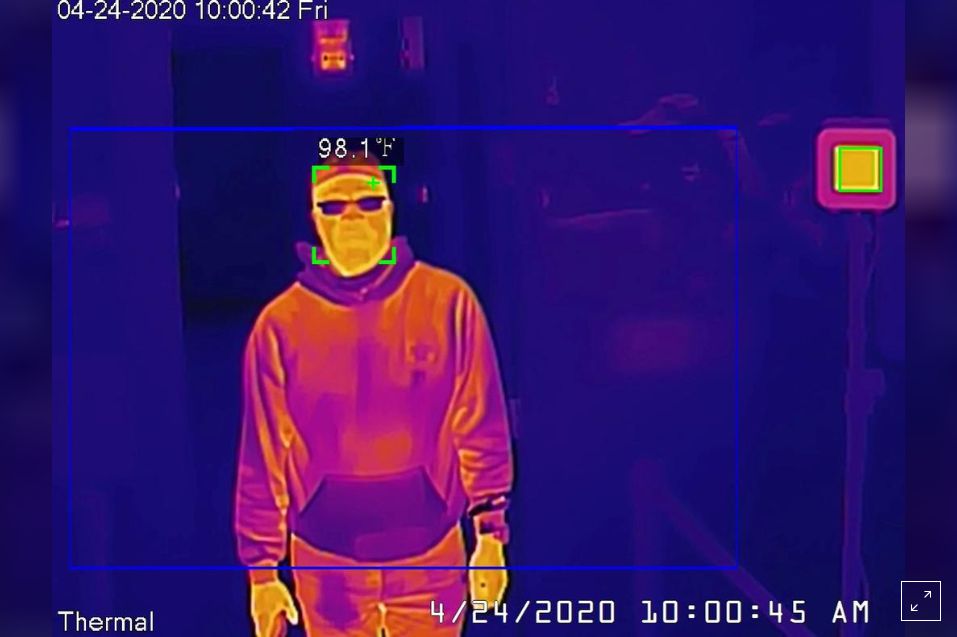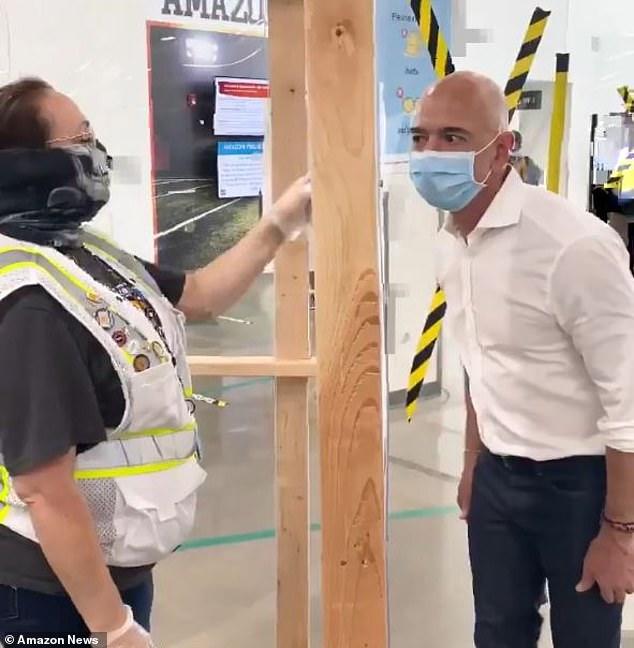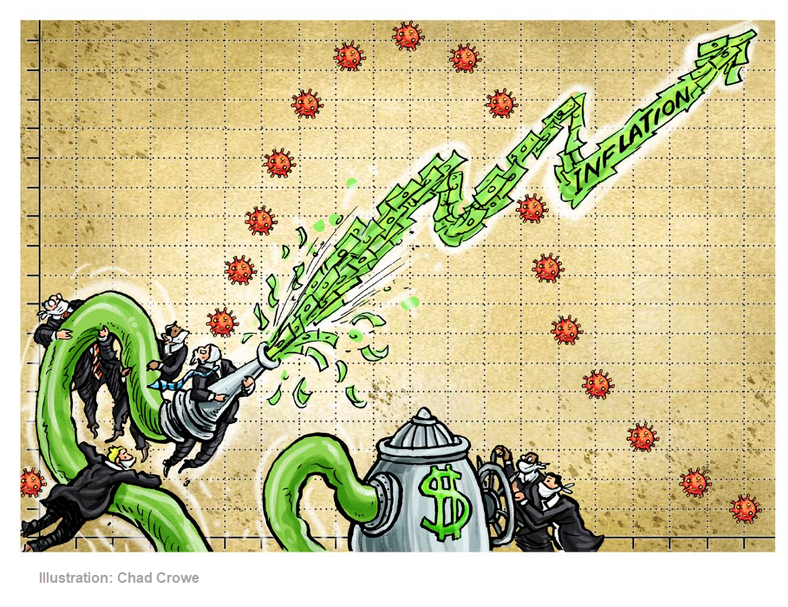Since the Drug Enforcement Administration (DEA) was founded in 1973, it has allowed only one entity to produce marijuana for research: the National Center for Natural Products Research at the University for Mississippi, which grows cannabis under a contract with the National Institute on Drug Abuse (NIDA). According to a newly disclosed 2018 memo, the Justice Department’s Office of Legal Counsel (OLC) thinks that 47-year-old arrangement has always been illegal.
The OLC does not think this marijuana monopoly is too restrictive. It thinks the arrangement is not restrictive enough.
The memo, which says an international treaty requires tighter controls on the production and distribution of marijuana, explains why the DEA has been so slow in following through on a 2016 commitment to allow alternatives to NIDA’s supply. The DEA agreed to disclose the memo yesterday as part of a settlement agreement with Arizona’s Scottsdale Research Institute (SRI), which is investigating marijuana’s potential as a treatment for post-traumatic stress disorder.
For decades, medical researchers have complained about the quality and variety of the marijuana provided by NIDA, which is notably inferior to the offerings of state-licensed dispensaries on both counts. SRI President Sue Sisley found that the marijuana she was compelled to use for her federally approved PTSD study was a “powdery mishmash of stems, sticks and leaves.” Laboratory tests detected relatively high levels of mold, which the researchers ultimately decided did not pose a threat to the subjects. The tests also found that the THC and CBD concentrations were not quite what NIDA had promised, which already was not quite what the researchers had wanted.
NIDA’s monopoly also creates an insurmountable obstacle for anyone planning to market cannabis as a medicine, since the marijuana it supplies cannot be used for commercial purposes. The Food and Drug Administration, meanwhile, requires that clinical studies be conducted with the same product that would be used by patients if the drug is approved.
The solution to these problems seems obvious: Instead of requiring researchers to use inferior marijuana from a government-created monopoly, allow competing producers to suppy what scientists actually want. But while the DEA has long permitted more than one organization to produce other Schedule I substances for research, marijuana was always an exception.
The Multidisciplinary Association for Psychedelic Studies, together with University of Massachusetts horiticulturist Lyle Craker, began trying to break NIDA’s monopoly in 2001, and it obtained a favorable ruling from an administrative law judge in 2007. But Michele Leonhart, then the DEA’s acting administrator, overrode that decision in 2009, and Craker could not persuade federal courts to intervene.
All of that seemed to change in August 2016, when the DEA announced that it would begin accepting applications from additional marijuana suppliers. Three dozen would-be producers sought the DEA’s approval, but their applications seemed to go nowhere, notwithstanding multiple, bipartisan inquiries from members of Congress and a 2019 order by a federal appeals court demanding that the DEA explain itself. Press reports suggested that the DEA had encountered resistance from the new attorney general, Jeff Sessions, an old-fashioned drug warrior who as a senator had famously declared that “good people don’t smoke marijuana.”
In April 2018, Sessions testified that the DEA and the DOJ were “moving forward” with the licensing process but alluded to an “international treaty” that required revision of “the previous proposal.” Two months later, the OLC issued its memo, in which Deputy Assistant Attorney General Henry Whitaker fleshes out what Sessions had in mind.
Breaking with nearly half a century of policy under administrations of both parties, Whitaker concludes that the federal government’s handling of research marijuana is inconsistent with the Single Convention on Narcotic Drugs of 1961, an international treaty that the Senate approved in 1967. Three years later, Congress incorporated the Single Convention’s requirements into parts of the Controlled Substances Act. The Single Convention allows the cultivation of marijuana for scientific or medical purposes, but it requires that it be done in accordance with the same restrictions that apply to opium poppies.
Among other things, those rules require that “a single government agency” oversee cultivation and “take physical possession of such crops as soon as possible, but not later than four months after the end of the harvest.” The Single Convention also requires that the agency “have the exclusive right of importing, exporting, wholesale trading and maintaining stocks other than those held by manufacturers” of medical products. Whitaker concludes that the longstanding DEA/NIDA arrangement with the University of Mississippi’s marijuana growers does not meet those requirements.
First, the program involves more than one federal agency: While the DEA, a division of the Justice Department, licenses the University of Mississippi’s marijuana growers, NIDA, part of the Department of Health and Human Services, oversees production. Second, the DEA never “take[s] physical possession” of the crops, which the National Center for Natural Products Research ships directly to scientists approved by NIDA. Third, the DEA does not have “exclusive right[s]” when it comes to “wholesale trading and maintaining stocks,” which are handled by the center under NIDA’s supervision.
Whitaker concedes that the International Narcotics Control Board, which is supposed to monitor compliance with the Single Convention, has never objected to the U.S. marijuana program or to similar arrangements in other countries. But he says the treaty’s requirements, which are mandatory under the Controlled Substances Act, clearly rule out the current approach.
The OLC’s position clarifies the motivation for the little-noticed marijuana regulations that the DEA published on March 23. According to the summary of the proposed rule, the DEA wants to “amend its regulations to comply with the requirements of the Controlled Substances Act, including consistency with treaty obligations, in order to facilitate the cultivation of marihuana for research purposes and other licit purposes.” The DEA noted that the Justice Department “undertook a review of the CSA, including the provisions requiring consistency with obligations under international treaties such as the Single Convention, and determined that certain changes to its 2016 policy were needed.”
Under the proposed rule, “all registered manufacturers who cultivate cannabis shall deliver their total crops of cannabis to DEA.” It adds that the DEA “may accept delivery and maintain possession of such crops at the registered location of the registered manufacturer authorized to cultivate cannabis consistent with the maintenance of effective controls against diversion.” In other words, the DEA is still reading “physical possession” as requiring something short of what that phrase seems to imply. “If DEA determines that no suitable location exists at the registered location of the registered manufacturer authorized to cultivate cannabis,” the rule says, “then DEA shall designate a location for the authorized grower to deliver the crop.”
Similarly, the DEA plans to assert its “exclusive right” over “importing, exporting,
wholesale trading, and maintaining stocks,” which “shall not extend to medicinal cannabis or cannabis preparations,” by “authorizing the performance of such activities by appropriately registered persons.” Their transactions must have the DEA’s “express written authorization.”
The upshot is that the DEA plans to insert itself as a middleman in the distribution of marijuana for research, although it’s not clear how much more onerous that arrangement will be than the current DEA/NIDA system. In a letter she sent members of Congress yesterday, SRI’s Sisley criticizes a “highly irregular administrative process” based on “a secret re-interpretation of an international treaty from 1961.” She notes that Congress could streamline production and distribution of research marijuana through new legislation. But she also argues that the DEA could use a different provision of the Controlled Substances Act to achieve a similar result.
That provision says “the Attorney General may, by regulation, waive the requirement for registration of certain manufacturers, distributors, or dispensers if he finds it consistent with the public health and safety.” Unlike the part of the law that the OLC was interpreting, Sisley notes, this provision “does not mention international treaty obligations.” Given “the undisputed urgency of the need for this research,” she argues, “waiving certain registration requirements to allow already-licensed Schedule I researchers obtain marijuana” from other sources “would be ‘consistent with the public health and safety.'”
Sisley suggests the DEA could, for example, “exempt licensed Schedule I marijuana researchers from having to obtain a separate registration to manufacture marijuana, provided those researchers agree not to distribute any marijuana they manufacture.” Alternatively, she says, “it could permit licensed Schedule I marijuana researchers to obtain marijuana from state-legal dispensaries.”
One way or another, it looks like the DEA is finally “moving forward” with approval of alternative marijuana suppliers. But given decades of intransigence, followed by years of foot dragging, one could be forgiven for being skeptical.
from Latest – Reason.com https://ift.tt/2xm744I
via IFTTT
